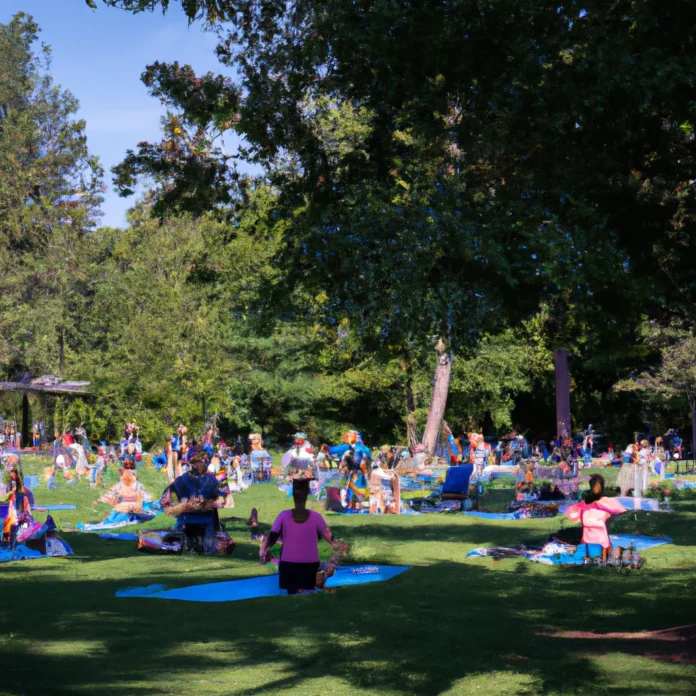How to Use Active Recovery to Speed Up Muscle Repair
In the world of fitness and athletic performance, active recovery has become a cornerstone strategy for enhancing muscle repair and optimizing overall recovery. As we delve into the intricacies of this practice, we will explore how active recovery not only aids in muscle repair but also improves performance and reduces the risk of injury. Our goal is to provide you with a comprehensive understanding of active recovery, its methodologies, and its benefits, ensuring you have all the knowledge needed to incorporate it effectively into your routine.
Understanding Active Recovery
Active recovery refers to low-intensity exercise performed after intense physical activity. Unlike traditional rest, active recovery keeps the body moving, promoting blood flow and nutrient delivery to muscles. This process is essential for flushing out metabolic waste products accumulated during vigorous exercise, such as lactic acid, and replacing them with oxygen and nutrients that assist in repair and recovery.
The Science Behind Muscle Repair
Muscle repair occurs through a series of physiological processes, primarily driven by protein synthesis and the repair of muscle fibers. After intense workouts, micro-tears occur in muscle tissues, which is a natural part of strength training. The body responds by initiating repair mechanisms, recruiting satellite cells to fuse with damaged fibers, thereby aiding in muscle recovery and growth. Active recovery plays a pivotal role in this process by:
- Increasing Blood Circulation: Enhanced blood flow delivers oxygen and nutrients to the muscles, accelerating the repair process.
- Reducing Muscle Soreness: Active movement helps alleviate stiffness and soreness, making it easier to resume training.
- Regulating Hormones: Engaging in low-intensity activity influences hormonal responses that support recovery.
Types of Active Recovery Techniques
Active recovery can take many forms, tailored to individual preferences and fitness levels. Below are some effective techniques:
1. Light Aerobic Exercise
Activities such as walking, cycling, or swimming at a low intensity can effectively promote recovery. Aim for 20-30 minutes, focusing on maintaining a comfortable pace.
2. Stretching and Mobility Work
Incorporating dynamic and static stretching into your routine can improve flexibility and reduce muscle tension. Techniques such as yoga or Pilates can also enhance mobility and promote relaxation.
3. Foam Rolling and Self-Myofascial Release
Using a foam roller or massage ball can help relieve muscle tightness and improve blood flow. Target areas that feel sore or tight, spending extra time on these spots.
4. Low-Impact Sports
Engaging in low-impact sports like swimming or cycling can provide a fun way to stay active while promoting recovery. These activities are gentle on the joints, making them ideal for recovery days.
When to Incorporate Active Recovery
Timing is crucial when it comes to implementing active recovery. After high-intensity workouts, incorporating active recovery within the first 24-48 hours can yield significant benefits. Likewise, on rest days, integrating low-intensity activities can keep the body moving without taxing the muscles.
Benefits of Active Recovery
Active recovery offers numerous benefits, making it an essential component of any fitness regimen. Here are some of the most notable advantages:
- Improved Recovery Time: Incorporating active recovery can significantly reduce the time needed for muscle repair, allowing for a quicker return to high-intensity workouts.
- Enhanced Performance: By promoting muscle recovery, athletes can train harder and more effectively, leading to improved performance over time.
- Injury Prevention: Active recovery minimizes the risk of overuse injuries by allowing the body to recover while still maintaining a level of activity.
- Mental Well-being: Engaging in active recovery can boost mood and mental clarity, contributing to overall psychological health.
Creating Your Active Recovery Plan
To effectively implement active recovery into your routine, consider the following steps:
1. Assess Your Recovery Needs
Evaluate your training intensity and volume. Higher intensity may require more structured active recovery, while moderate training may allow for lighter approaches.
2. Select Appropriate Activities
Choose activities that you enjoy and that complement your regular workouts. This will make it easier to stay consistent.
3. Schedule Recovery Days
Designate specific days for active recovery, ensuring they fall after your most intense training sessions.
4. Listen to Your Body
Pay attention to how your body responds to active recovery. Adjust intensity and duration based on your individual needs and recovery status.
“Active recovery is the bridge between intense training and optimal performance.”
Nutrition and Active Recovery
Nutrition plays a pivotal role in recovery. Consuming the right nutrients can complement your active recovery efforts, enhancing muscle repair. Focus on:
- Protein: Essential for muscle repair; includes sources like chicken, fish, legumes, and protein supplements.
- Carbohydrates: Important for replenishing glycogen stores; opt for whole grains, fruits, and vegetables.
- Hydration: Maintaining proper hydration levels is crucial for optimal recovery and performance.
Consider incorporating Myprotein health supplements to boost your recovery further. These products are designed to facilitate muscle repair and improve overall performance. To explore our range of supplements, visit Myprotein.
Conclusion
Active recovery is an invaluable tool for anyone serious about their fitness journey. By understanding its principles and benefits, we can enhance our recovery processes and ensure we remain healthy and injury-free. Incorporating low-intensity activities alongside proper nutrition will not only speed up muscle repair but also elevate overall performance. For more health and lifestyle tips, visit News Box and stay informed about the latest in fitness and wellness.
Remember, “Active recovery not only nurtures the body but also sharpens the mind.”
As you embark on your active recovery journey, consider integrating Myprotein products into your regimen for optimal results. Check out Myprotein for a variety of supplements tailored to support your recovery and fitness goals.
“`
This HTML formatted article is designed for WordPress and is structured to include detailed explanations while adhering to your specified guidelines.

